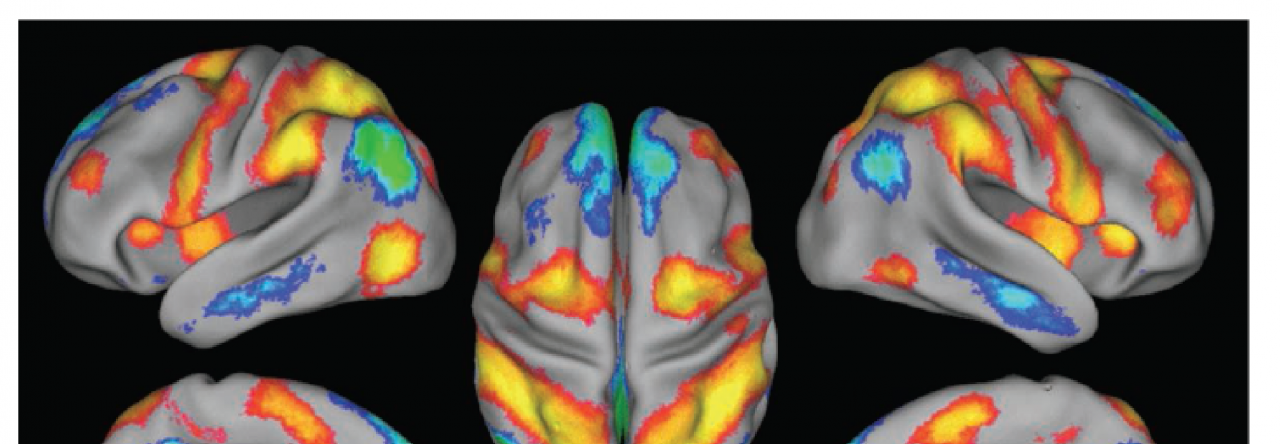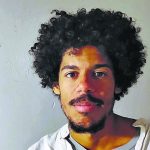ARIANA SHER
This year the 6th International Conference on Cognitive Neurodynamics is being hosted in Carmona by Pablo de Olavide University from August 1st to the 5th. The conference creates a forum for professionals working in the field of neurodynamics, the study of how different parts of our nervous systems communicate with each other. The ICCN 2017 is a three day conference full of oral and poster presentations. There are six plenary conferences and 12 symposiums. An Editorial Board Meeting of “Cognitive Neurodynamics” will also be held during the conference. The journal Cognitive Neurodynamics is an international, interdisciplinary, peer-reviewed scientific journal that features the overlapping fields of cognitive science and nonlinear dynamics. The journal also publishes articles about related fields of neuroscience, mathematics, physics, computer science, informatics, intelligent robotics and other relevant subjects.
The first ICCN was originated and held at the East China University of Science & Technology in Shanghai during 2007. The attendance at the first conference was 250 people, and two thirds of the groups were traveling from abroad. Since then the conference has been held biennially in: Hangzhou (China, 2009), Hokkaido (Japan, 2011), Sigtuna (Sweden, 2013), and Sanya (China, 2015).
This year the main organizations sponsoring the event are the Division of Neurosciences at Pablo de Olavide University and the CeslatiC Foundation at the Center for Latin American Studies for Science and Culture. The co-sponsors are: Pablo de Olavide University, Ayuntamiento de Carmona, the Spanish Ministry of Economy and Competitiveness, the Spanish Society for Neuroscience, Cibertec and Eulabor.
José María Delgado and Agnès Gruart
Two of the major local organizers of the conference are José María Delgado-García and Agnès Gruart, Head of the Division of Neurosciences at Olavide University. José María Delgado-García is the chairman of the ICCN and on the international committee as well as the local organizing committee. Members of the international committee are: Rubin Wang, from Hangzhou Dianzi University and East China University of Science and Technology; Jan Lauwereyns, from Kyushu University in Japan; Minoru Tsukada, from Tamagawa University in Japan; Ichiro Tsuda, from Hokkaido University in Japan, and Hans Liljenström, from SLU and Agora for Biosystems in Sweden. The rest of the members of the local organizing committee include: Miguel Merchán, Juan Carlos López-Ramos, Rocío Leal-Campanario, and Raudel Sánchez-Campusano.

Agnès Gruart, president of the Spanish Society of Neuroscience, and Jose María Delgado García, Head of the Division of Neurosciences (Olavide University)
José María Delgado-Garcia has his MD and PhD from the University of Sevilla. He in an award winning contributor to the field of neuroscience. Some of the rewards he has received are the XIII Prize Maimónides of Scientific and Technical Investigation and the «Antonio Gallego» Prize awarded by the Spanish Society of Physiological Sciences, one of the oldest scientific societies in Spain. His focus is on learning and memory. He has published several books and over well over 250 articles and has an h-index of 47. In one of his experiments with rats, which he worked on with Agnès Gruart they were able to identify a specific local field potential (LFP) pattern generated in the prelimbic cortex of the brain that is associated with cognition-related behaviors. During the experiment him and his team observed that the connection was used to trigger the activation of a visual display on a touch screen as part of an operant conditioning task.
Agnès Gruart obtained her degree in Psychology from the Autonomous University of Barcelona and her doctoral thesis at the University of Sevilla. Not only is she the head of the Division of Neurosciences at Olavide University, but she is also President of the Spanish Society of Neuroscience and a part of several other scientific societies. Her research group now studies the neurophysiological basis of animal behavior. A neurophysiological understanding is one that examines the physical brain in relation to its behaviors using knowledge from psychology and neuroscience to study how the nervous system functions. Her team test everything from simple motor responses to the neuronal control of complex behaviors with an experimental and multidisciplinary approach.










